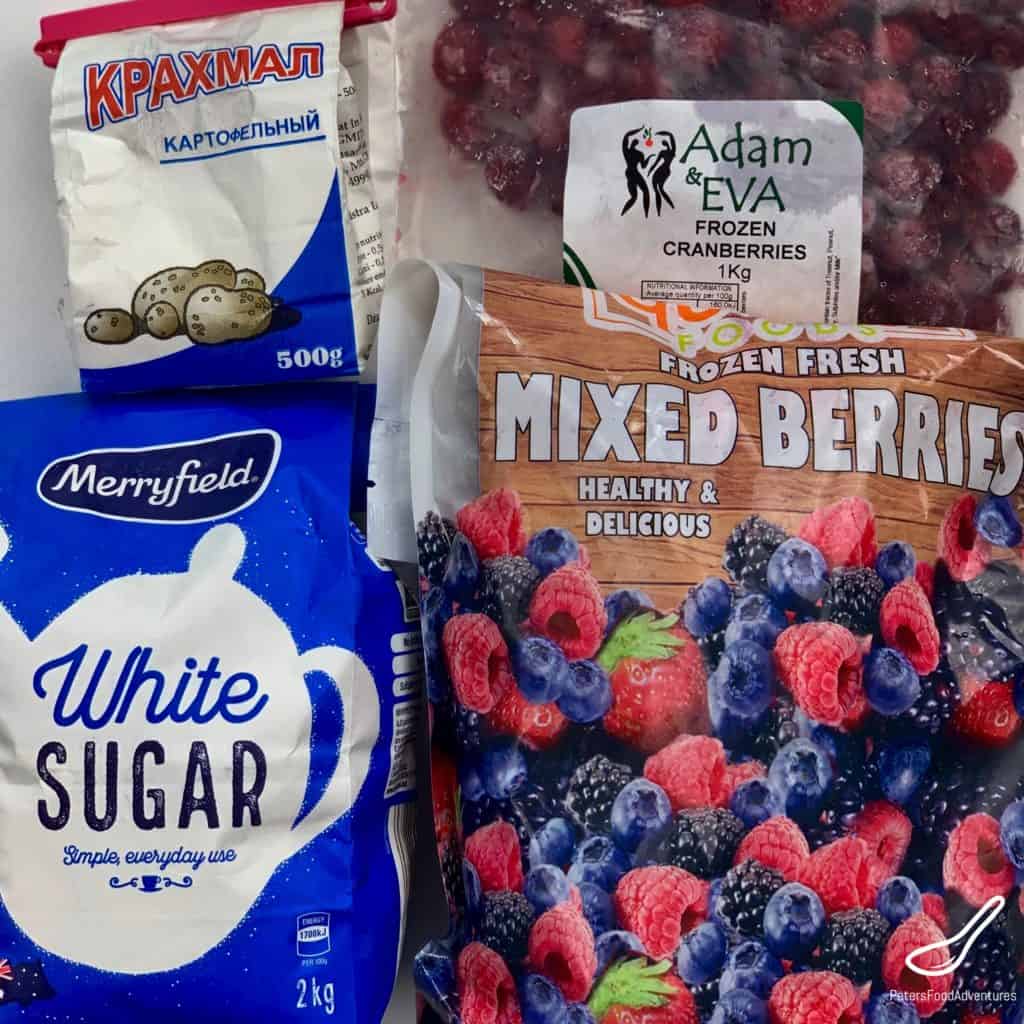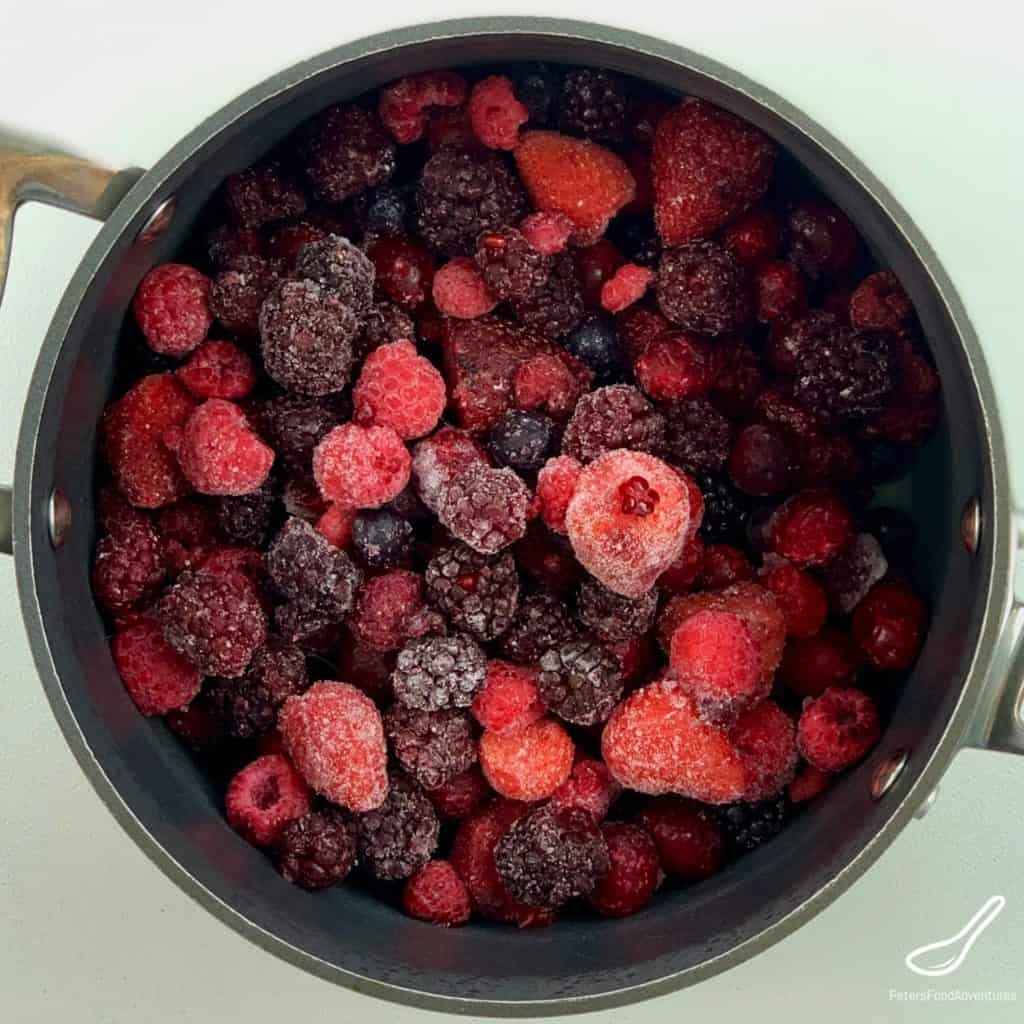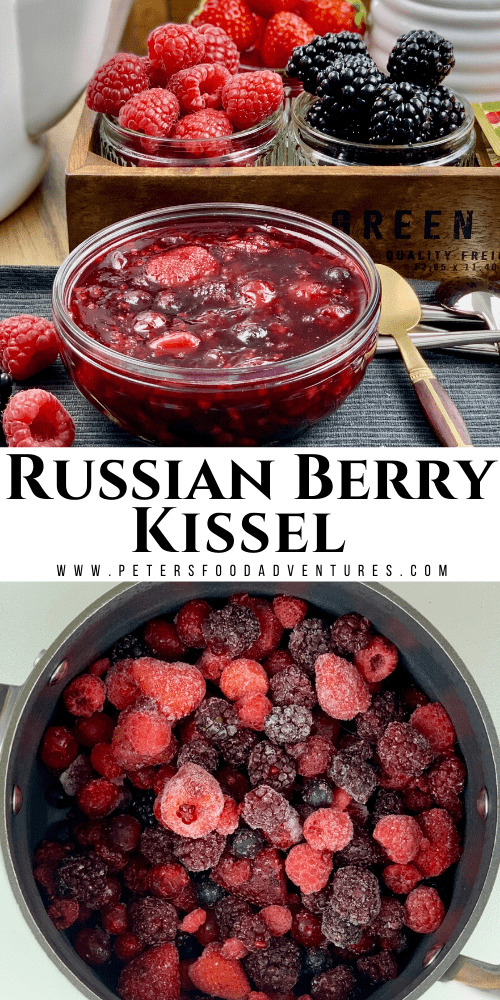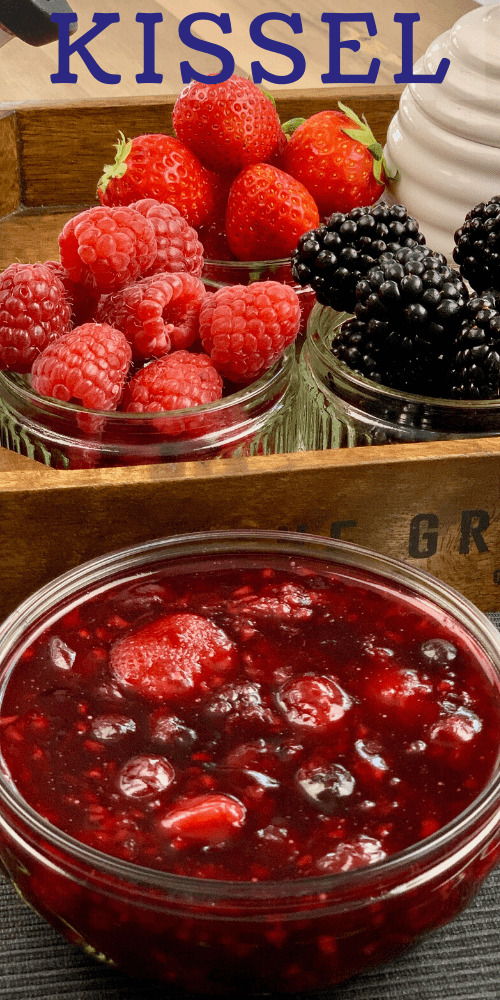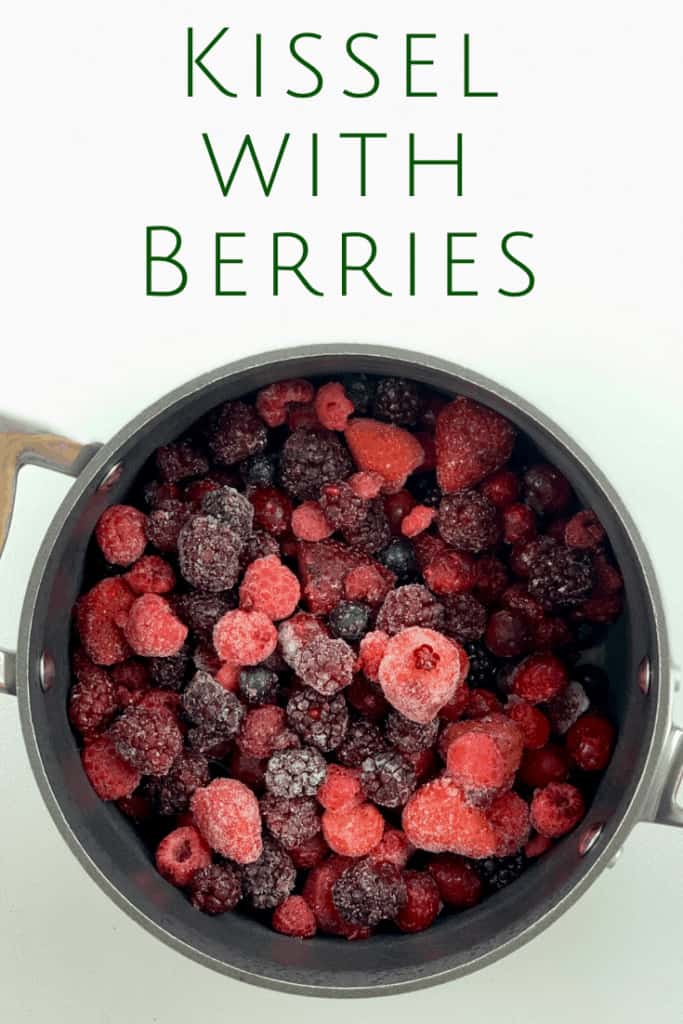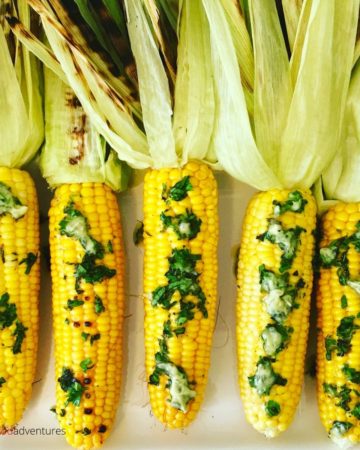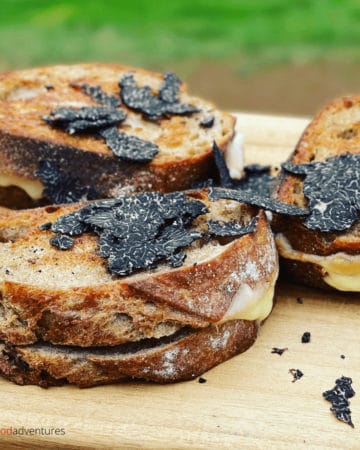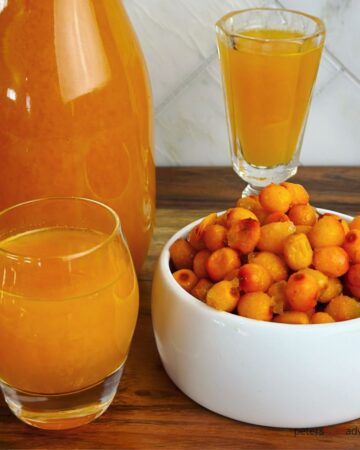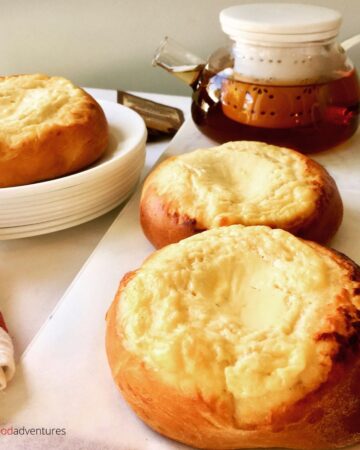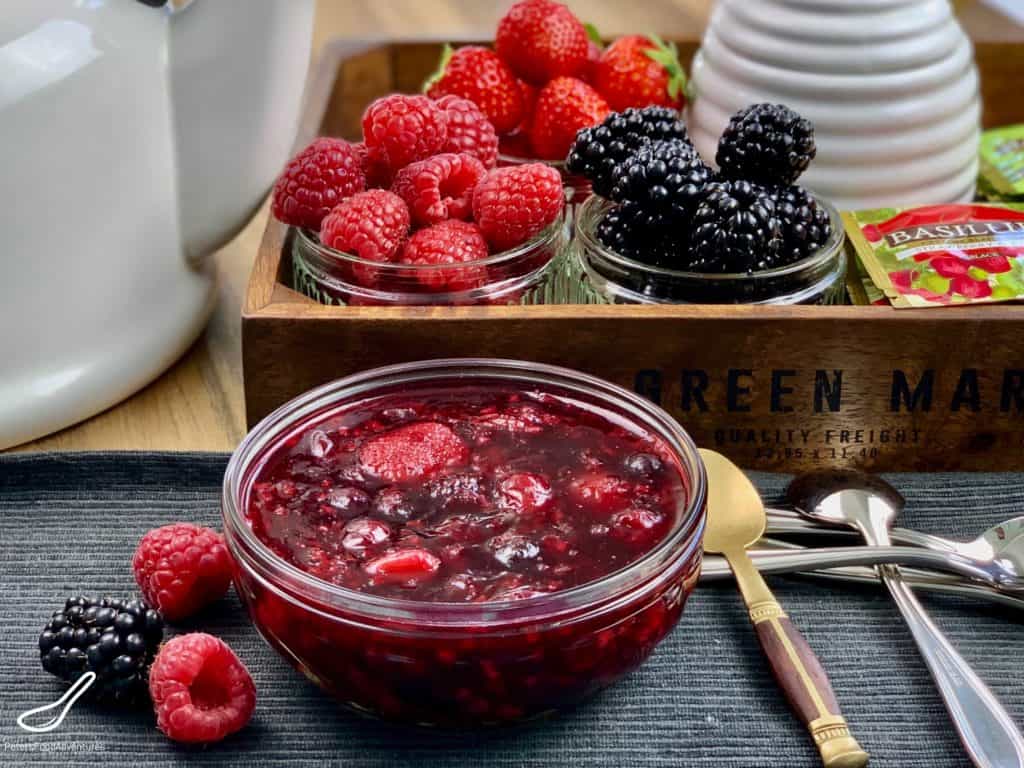
I have fond memories of my mother making Berry Kisel as a dessert for the family. She made it in the summer when we had lots of fresh berries in the garden, or with frozen berries in the winter. It was almost like a fruit soup. Sometimes we ate it warm, but usually it was served chilled. Sometimes you can have it with Mannaya Kasha Semolina Porridge or sweetened Tvorog (quark) for breakfast too.
What is Kisel?
The name is from the Russian word meaning sour (кислый), pronounced kisly. The first mention if Kisel was in the 10th century, and it looked completely different from what we recognize today. Back then, it was usually made with oats, rye or even as a pea jelly. Yes, think green peas. That doesn't sound very appetizing!
The berry versions of Kisel started to appear in the wealthy homes in the early 19th century. It's served as a dessert, or can be served as a strained drink. My mother's Kisel recipe was never strained. The old recipes never strained the fruit unless there were seeds a hard skins in the fruits. The strained modern varieties of of this dessert are quite popular now, sometimes served as a thickened drink. I think it's like making a Mors Drink, and thickening it. I prefer the older rustic way, it's faster, keeps the fruit in the dessert, plus has added fruit fibre. Some people puree the fruit before thickening.
This isn't the recipe that's found in Soviet Cafeterias or Stolovaya restaurants, which was the thickened drink version. Often hated by kids, because it was made in such an unappetizing way. As kids, we loved this homemade Kissel recipe, because the fruit was left in the dessert and not strained!
Kisel, Kissel or Kisiel is popular in Slavic countries like Poland, Ukraine, Russia, Estonia, Latvia, Lithuania, Belarus and even in Finland, with their own versions of this recipe.
Potato Starch vs Corn Starch
Kisel is always made with potato starch. It is the default thickener in Russia, and can be made at home from potatoes, which are always plentiful in Russia. Corn starch can be used as a substitute, and is sometimes easier to find but I don't recommend. There is one benefit to using potato starch, clearer liquids. Corn starch will make the Kisel cloudier, so it doesn't look as nice when serving. So we always use potato starch when thickening anything, it makes clear liquids almost glisten! If I can't find it in the supermarket, Asian grocers usually carry it.
How to Make Kisel
This is such an easy recipe to make, full of fruity goodness. We usually buy frozen berries from the supermarket, which makes it easy to make this dessert year round. Frozen blueberries, strawberries, blackberries, raspberries and cranberries. Just bring them to a simmer with water and sugar, then thicken with the potato starch. You can strain the fruit before thickening, but as I said, I prefer the rustic version of kisel.
Kissel is a classic Russian and Slavic dessert or drink. It's like a summer soup made with berries thickened with potato starch. I love this dessert from my childhood. Bon Appetit! Приятного аппетита!
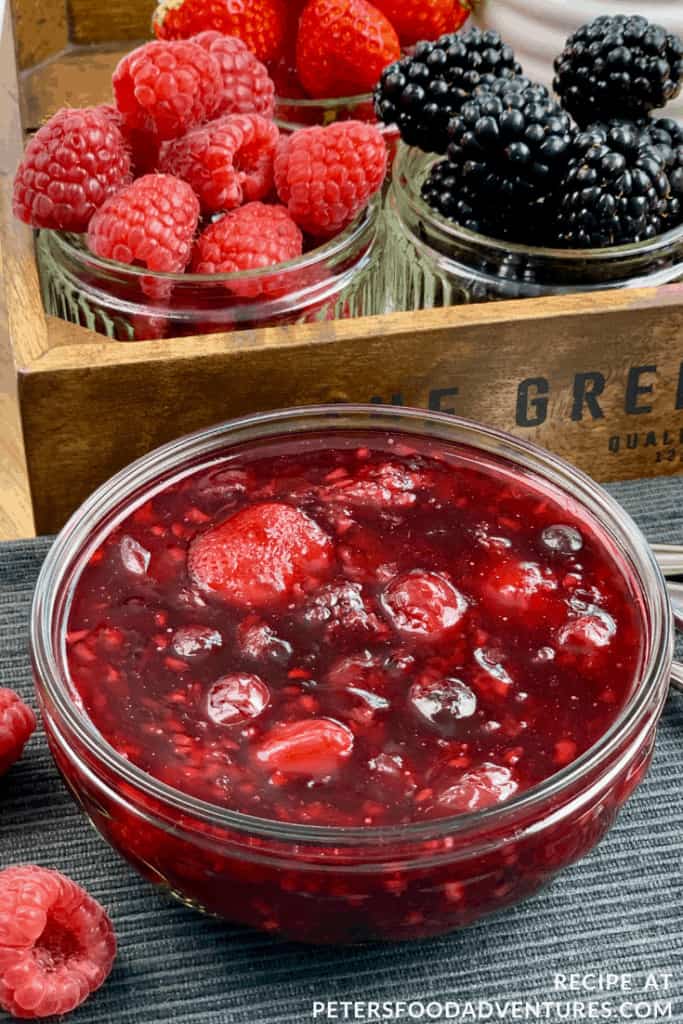
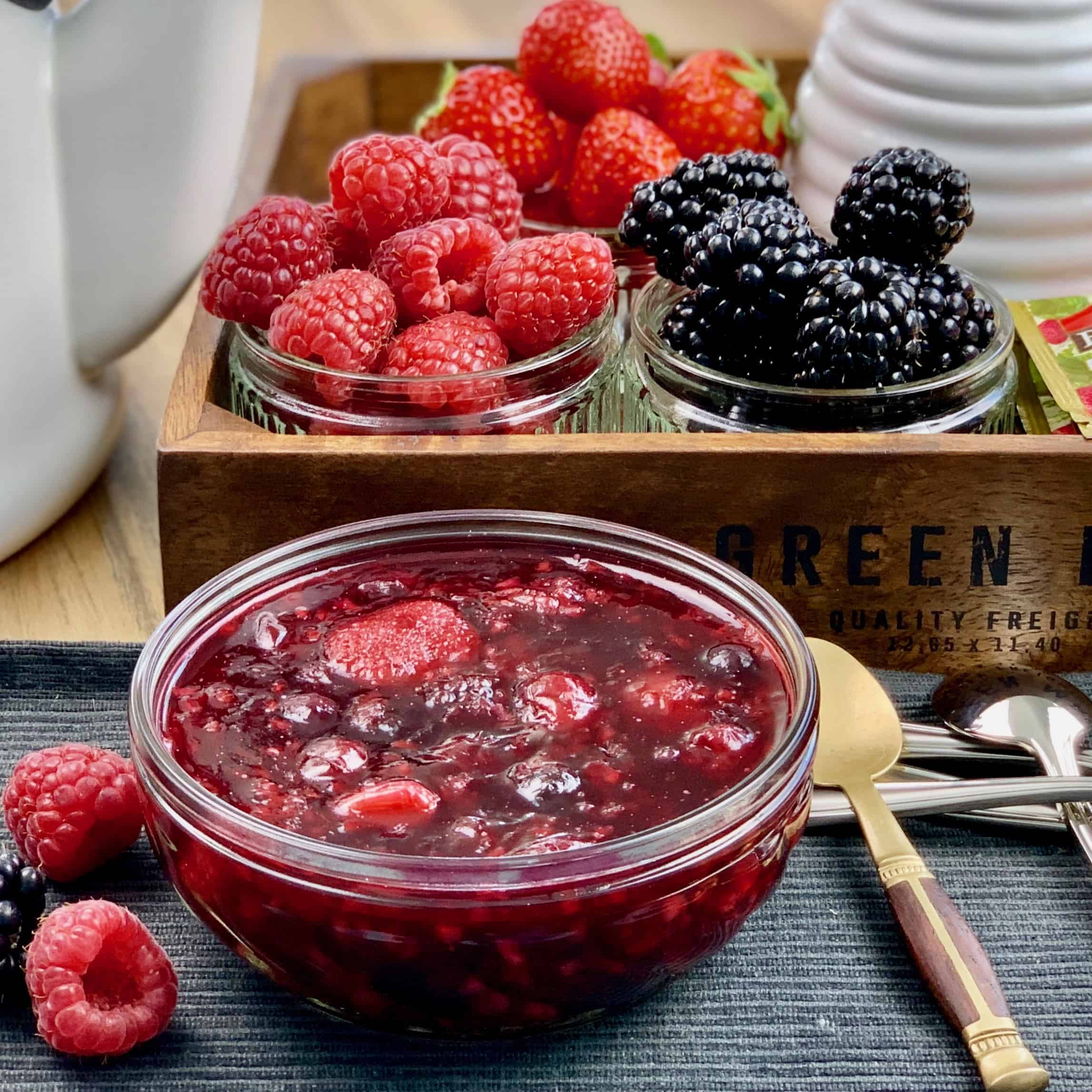
Ingredients
- 6 cups frozen mixed berries
- 1 cup frozen cranberries
- 3 cups water
- ½ cup sugar
- 3 tbsp potato flour heaping tablespoons
Instructions
- Place the frozen berries and cranberries, sugar and 3 cups of water in a pot over high heat. Bring to a boil and reduce heat to medium-high and simmer for about 15 minutes.
- Taste kissel and add more sugar if necessary. This will depend on the natural sugars in your fruit.
- Add the potato starch to water in a small jug, and slowly pour into kissel. Stir constantly while kissel thickens (do not stop stirring!). If you want a thicker consistency, an extra tablespoon of starch to ¼ cup of water and repeat process.
- Remove from heat. Served hot or cold.
©PetersFoodAdventures.com

